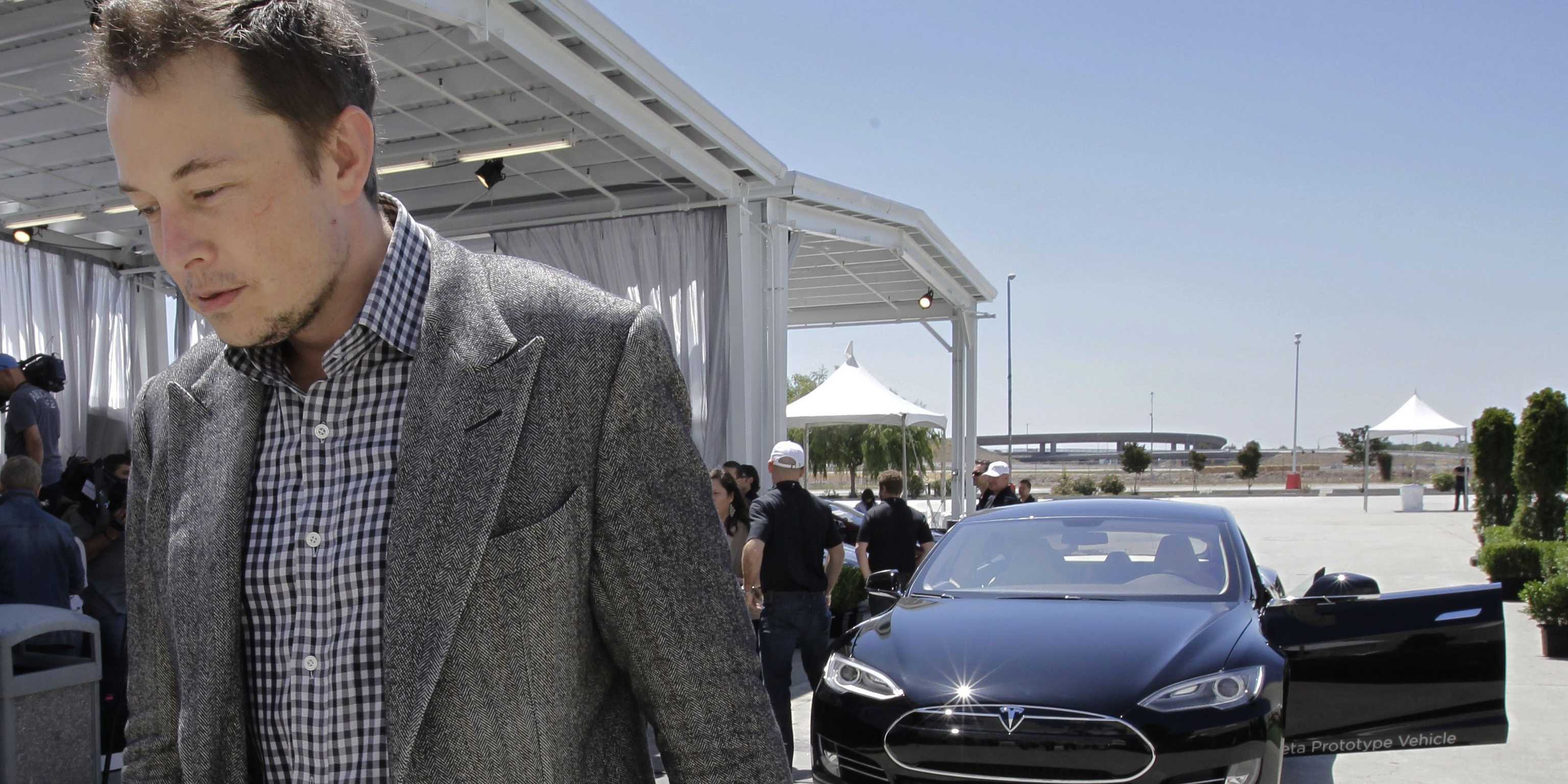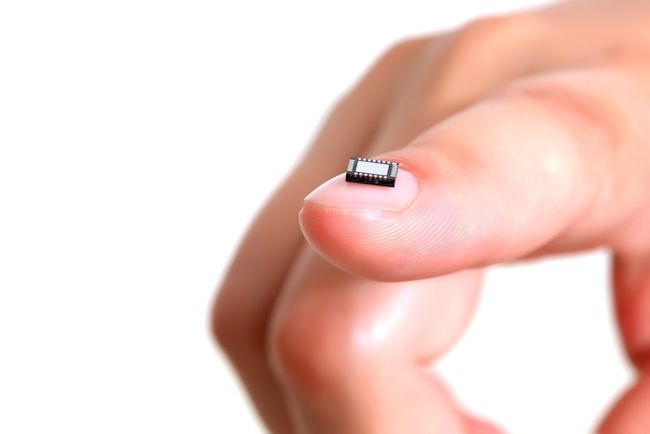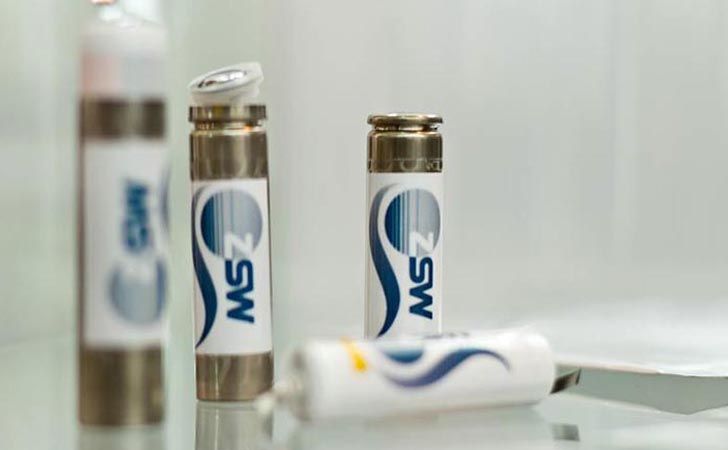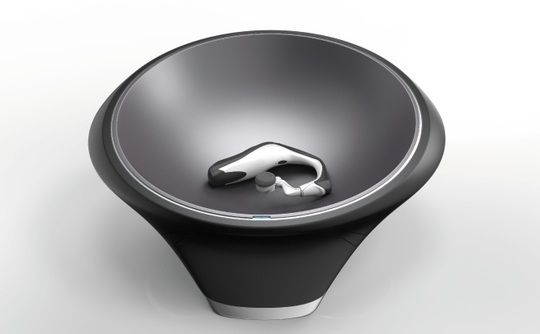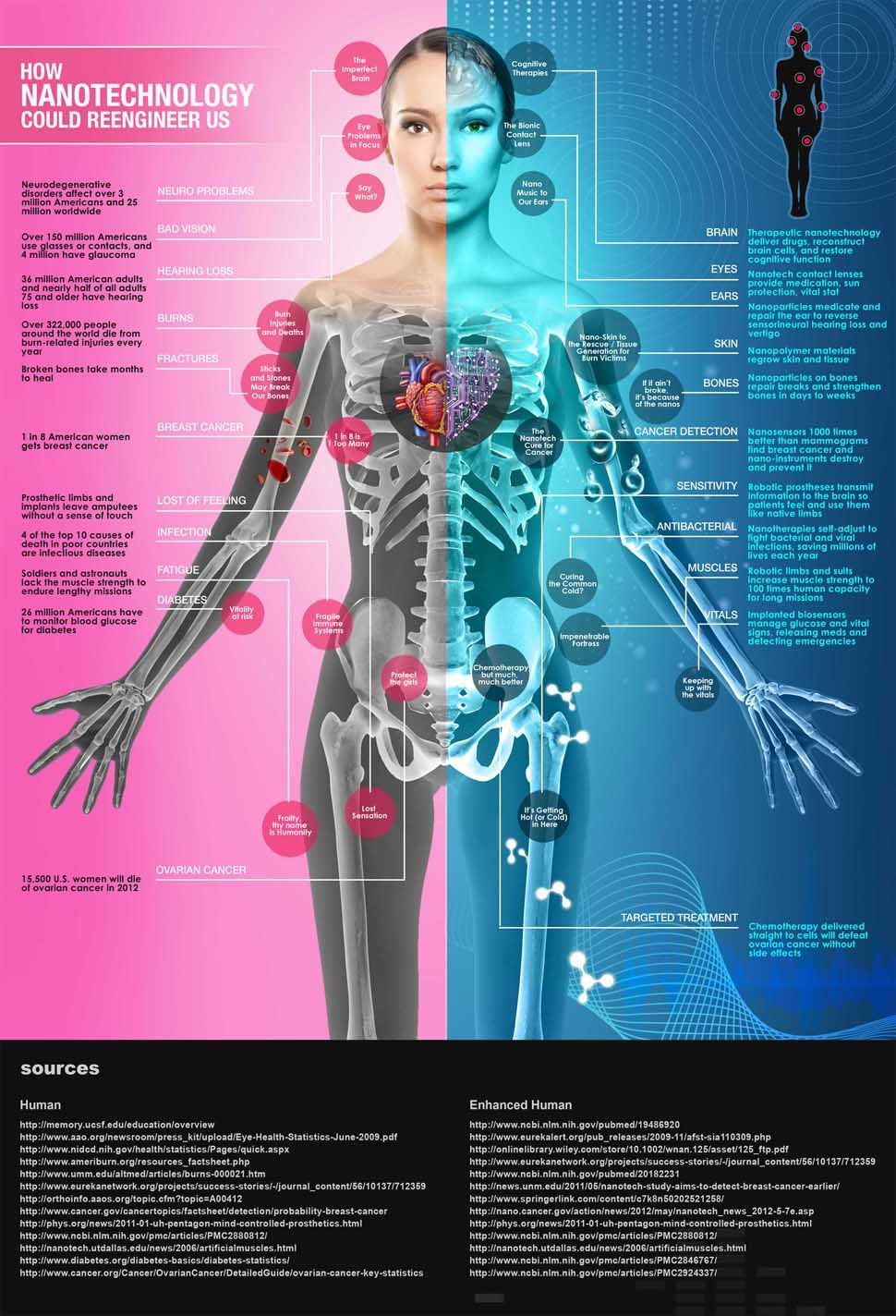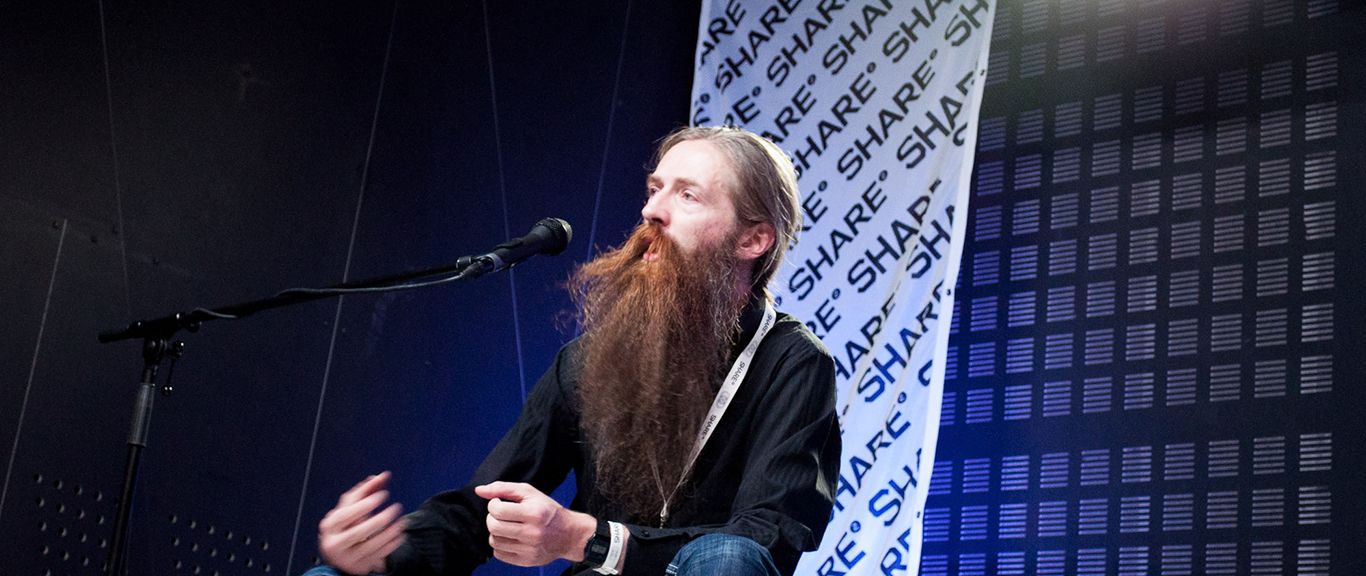Page 11656
Sep 21, 2015
Gigantic Energy-Generating Waterfall Skyscraper Could Power the 2016 Rio Olympics
Posted by Shailesh Prasad in categories: solar power, sustainability
The Solar City Tower, designed by RAFAA, includes a bank of solar panels as well as pumped water storage to create energy during both the day and night for use in the Olympic Village.
Sep 21, 2015
Algolux tackles optics challenges in smartphones
Posted by Shailesh Prasad in categories: electronics, mobile phones

Algolux is a company aiming to tackle blurring problems through computational optics. Algolux said its efforts are presently focused on smartphones and tablets. One can appreciate how this company sees their technology attracting interest in this way. The technology allows for lens designs to be less complex, smaller, lighter and cheaper which would be especially interesting in smartphone imaging where space is at a premium, said Connect, a website on mobile photography technology. The company tells site visitors that “Our computational optics enable better pictures, thinner cameras and cheaper optics.” The technology allows manufacturers’ devices to capture clearer pictures with their existing equipment, including in low-light conditions. Also, the quantity and quality of optical elements needed are diminished; manufacturers can obtain desirable results at a lower cost.
Traditional optics have hit a wall, according to the company. Their size can no longer be reduced significantly for cameras inside thin devices such as smartphones and tablets.”Lenses in smart devices are small and plastic (for the most part), and do not have the quality of a full-sized optical system, especially for low-light and night-time pictures. As sensors and pixels get smaller, the probability of blur and other aberrations in pictures increases.”
Continue reading “Algolux tackles optics challenges in smartphones” »
Sep 21, 2015
Atom-Sized Construction Could Shrink Future Gadgets
Posted by Shailesh Prasad in categories: drones, materials, military, particle physics, robotics/AI, transportation
The U.S. military doesn’t just build big, scary tanks and giant warplanes; it’s also interested in teeny, tiny stuff. The Pentagon’s latest research project aims to improve today’s technologies by shrinking them down to microscopic size.
The recently launched Atoms to Product (A2P) program aims to develop atom-size materials to build state-of-the-art military and consumer products. These tiny manufacturing methods would work at scales 100,000 times smaller than those currently being used to build new technologies, according to the Defense Advanced Research Projects Agency, or DARPA.
The tiny, high-tech materials of the future could be used to build things like hummingbird-size drones and super-accurate (and super-small) atomic clocks — two projects already spearheaded by DARPA. [Humanoid Robots to Flying Cars: 10 Coolest DARPA Projects].
Sep 21, 2015
Chemists create ‘assembly-line’ for organic molecules
Posted by Shailesh Prasad in category: biotech/medical
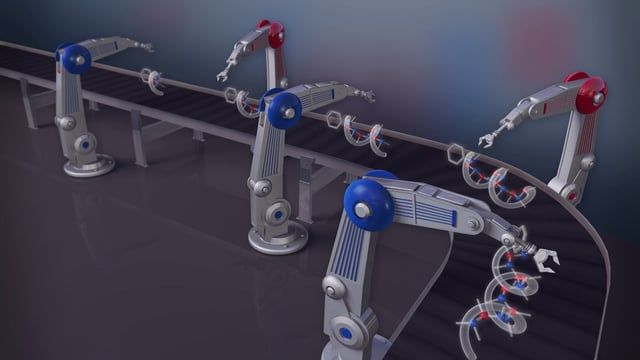
(Phys.org) —Scientists at the University of Bristol have developed a process where reagents are added to a growing carbon chain with extraordinary high fidelity and precise orientation, thereby controlling the conformation of the molecule so that it adopts a helical or linear shape. The process can be likened to a molecular assembly line.
Nature has evolved highly sophisticated machinery for organic synthesis. One of the most beautiful examples is its machinery for the synthesis of polyketides, a very important class of molecules due to their broad spectrum of biological activities (for example antibiotic, antitumor, antifungal, antiparasitic).
Continue reading “Chemists create ‘assembly-line’ for organic molecules” »
Sep 21, 2015
German Scientists Create Lithium Ion Battery that Can Charge an Electric Car for 27 Years
Posted by Shailesh Prasad in categories: energy, transportation
German scientists have developed technology that makes lithium-ion batteries last for 10,000 charging and discharging cycles while still retaining 85% of their original capacity.
Sep 21, 2015
Intel wireless charging in a bowl coming sooner than later
Posted by Shailesh Prasad in categories: electronics, energy, mobile phones
When vendors send out announcements of long battery life and juicing strategies for electronic gadgets, interest is assured; the bad news is that interest is assured because consumers are still eagerly looking for less bother and less time needed to keep their smartphones and other mobile gadgets up and running. Intel is aware of the challenge, what with wearables on tap in an assortment of form factors. To be sure, Intel would like to be in the frontlines of technology giants providing the buying public with finer solutions.
“What’s New with Wireless Charging?” Intel asked in July. Intel’s answer, “If you’ve been keeping up with trade shows and tech blogs, you might think that some new breakthrough in wireless energy transfer has taken place in the past year. It hasn’t.” Nikola Tesla worked on wireless power transmission before the turn of the 20th century; his inductive charging techniques would see a renaissance some five decades after his death in 1943, said Intel. That has not stopped technologists, however, from asking what comes next. Today, said Intel, the idea and the technology is gaining momentum.
This week’s news headlines of Intel saying its charging bowl will be available by the end of this year will no doubt interest readers and will please those who saw the bowl earlier this year at the Consumer Electronics show, and kept sending e-mails to Intel asking when it will be ready. Earlier this year, it was clear that Intel was working on a day not too distant in the future when people in PC environments could enjoy docking and charging activities as a wire-free experience. Intel revealed at the Computex trade show in Taipei, via an Intel demonstration by Kirk Skaugen, Intel’s senior vice president and general manager of the PC Client Group, that the chipmaker was in fact working on wireless technologies to help deliver a new normal. Skaugen demonstrated how wireless technology could be integrated into a table that could simultaneously charge a laptop, phone, headset and tablet. In January, the company had really whetted appetites for changes in showing a wireless charging bowl at CES. The bowl looks like the standard bowl one might place on a table at home to hold keys, loose coins, or other items.
Sep 21, 2015
World’s smallest microphone is made from a single molecule
Posted by Shailesh Prasad in category: materials
A team of scientists from Lund University in Sweden has figured out how to turn a single molecule into a microphone by making it capable of detecting the vibrations produced by sound waves.
This minuscule microphone works by embedding a single molecule of a substance called dibenzoterrylene (DBT) in a tiny crystal of a hydrocarbon material called anthracene. When the crystal is exposed to sound waves, the DBT molecule is disturbed by the vibrations, and it vibrates in response.
“This movement changes the interaction between the electron clouds of DBT and anthracene, which ultimately result in a slight shift in DBT’s fluorescence,” explains Sarah Zhang at Gizmodo. “By tracking the fluorescence of just a single molecule of DBT, the scientists could track the frequency of the sound.”
Sep 21, 2015
How Nanotechnology Could Re-engineer Us
Posted by Shailesh Prasad in categories: biotech/medical, electronics, materials, nanotechnology
Nanotechnology promises significant advances in electronics, materials, biotechnology, alternative energy sources, and much more.
Sep 21, 2015
Aubrey de Grey: Longer lives won’t mean overpopulation
Posted by Shailesh Prasad in categories: health, life extension
Aubrey de Grey wants to save lives. He wants to save as many as he possibly can, as soon as he can, and to do it he is going to fix ageing.
The prominent scientist and futurologist is on a crusade to beat ageing and when he does it will mean that we stay healthy and live longer – possibly for up to hundreds of years.
But, as de Grey emphasises, his primary goal is not just making people live longer; he wants us to live healthily, he wants to restore us to a state of health that is “fully functional in every way”. The ability to live for hundreds of years is just a side effect.
